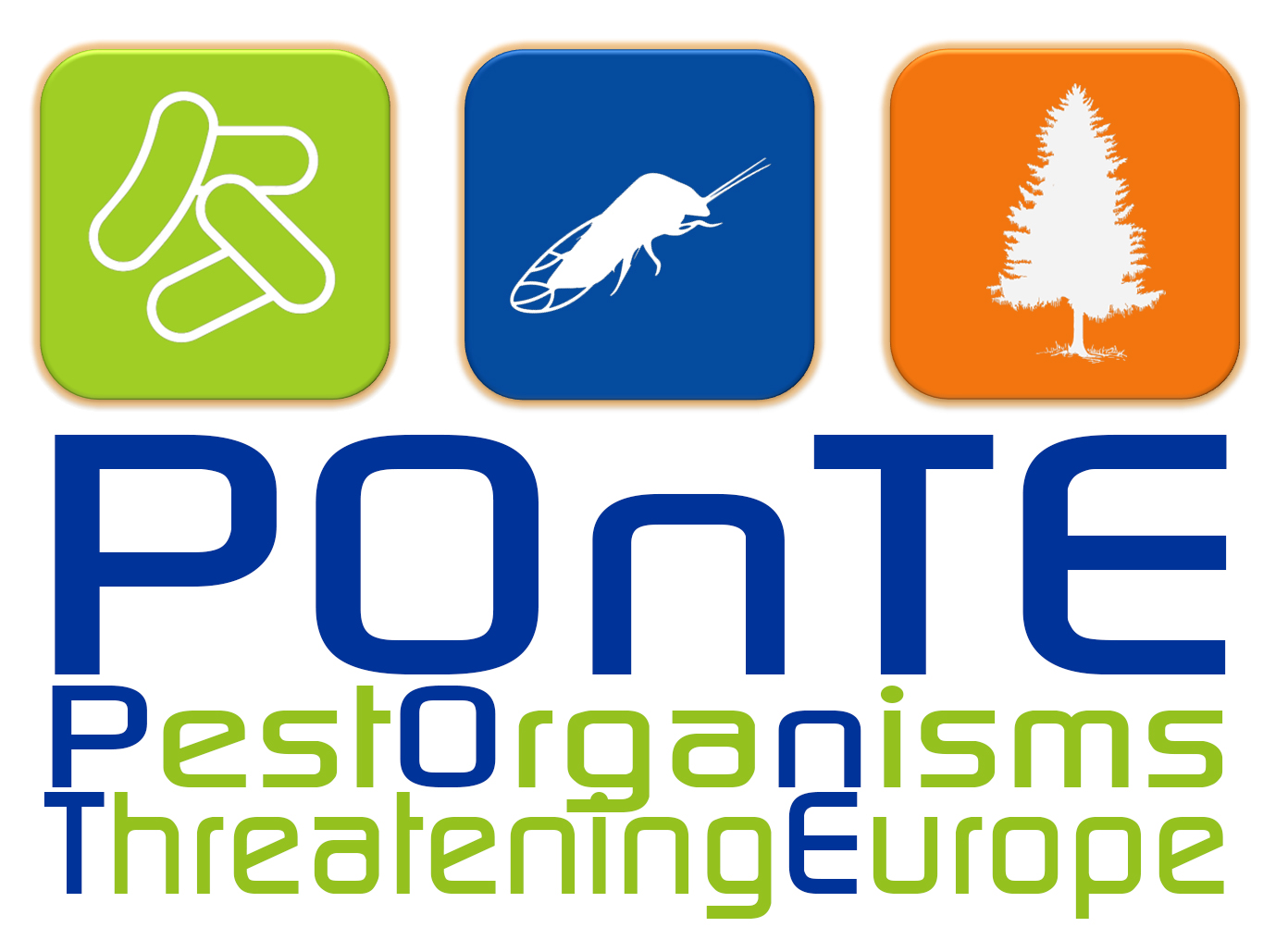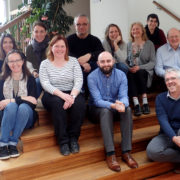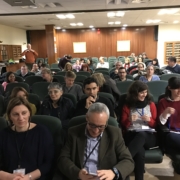Genetic and metabolic analyses of Candidatus Liberibacter solanacearum infecting carrot
Proceedings of the 3rd Hemipteran-Plant interactions Symposium (HPIS 2017), Madrid, Spain, 4-8 June 2017. doi.org/10.5281/zenodo.820759
Katsir L. 1, Piasetzky A. 1, Sela N. 1, Zhepu R. 2, Freilich S. 2 and Bahar O. 1*
1 Department of Plant Pathology and Weed Research, ARO -Volcani Center, Rishon LeZiyyon, Israel; 2 Department of Entomology, Newe Ya’ar Research Center, ARO, Isr
Abstract Oral Presentation
Insect-vectored plant bacterial pathogens are gaining attention in recent years due to crop threatening outbreaks around the world. Candidatus Liberibacter spp. are infecting crops of different botanical families: Solanaceae, Rutaceae, and Apiaceae and are vectored by psyllids. Five genetic haplotypes (A-E) have been described thus far for the species Ca. Liberibacter solanacearum (Lso). Haplotypes A and B infecting solanaceous plants, haplotypes C-E infecting Apiaceae crops. To better understand the genetic basis that governs host specificity of Lso haplotypes, we sequenced the genome of haplotype D (LsoD). The LsoD genome size is 1.23 Mbp, with a GC content of 34.8% and 1167 predicted genes. Enzyme Commission (EC) numbers were assigned using the JGI software tool and 358 ECs were identified. ECs were mapped to metabolic pathways and compared with other sequenced Liberibacters. Phylogenetic analysis based on ECs and assigned metabolic pathways shows that LsoD groups together with Lso haplotypes (A and B) and is clearly different than Liberibacter species infecting citrus. Differences between LsoD and LsoA/B haplotypes were also found, hinting on host specific enzymes. The LsoD genome was also scanned to identify putatively secreted proteins using the SignalP tool. Thirty-one putative genes were identified, most of them with unknown function. While some genes have homologous in other Lso haplotypes, some were unique to LsoD. By quantitative-PCR we examined the expression of the putatively secreted proteins in the different hosts; the psyllid vector Bactericera trigonica, and carrot. Several genes with significantly higher expression levels in carrot compared with psyllid and vice versa were identified. These genes may have host specific functions. Overall, our analyses reveal genetic and metabolic elements differentiating the carrot-infecting Lso from Lso haplotypes infecting potato/tomato. Research is underway to identify the function of these elements.
This project has received funding from the European Union”s Horizon 2020 research and innovation programme under grant agreement No 635646: POnTE (Pest Organisms Threatening Europe)
Published on June, 2017 by HPIS.CSIC









